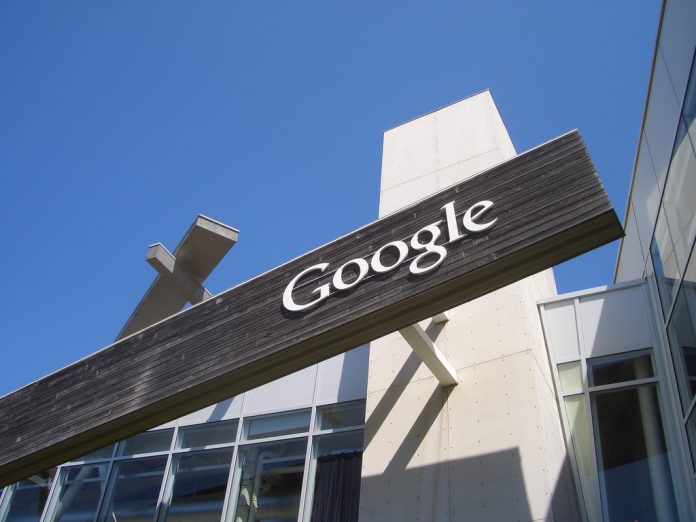Firstly, the company is working on surfacing relevant information to users via its search engine. It will work with election commissions to show data across member states to do so, though it hasn’t given many details at this point. For political advertising though, Google has been more specific. It will require every ad that mentions a political party or candidate to show who funded it. It also plans to introduce a new verification process to make sure advertisers are who they say they are. This includes ensuring they’re a citizen of the relevant country and the use of photo ID. On top of displaying the advertiser 1on its political ads, Google is making an EU Election Ads Transparency report. Users will be able to search an ad library to get relevant information like who’s purchasing ads and how much money is being spent.
Ensuring Security for Officials
However, as we saw in the US election, it’s not just advertising that can be used to influence campaigns. Google is providing guidance on its Advanced Protection Program to help prevent phishing attacks for officials, journalists, and human rights organizations. The company will also be working with news organizations in 27 countries to fact-check articles. In the run-up to the elections, they’ll be offering free workshops to give other journalists the tools to check information before publishing. Finally, it will continue to offer its Project Shield anti-DDoS service to news outlets, ensuring their websites can’t be censored when users need them most. Google has promised more details in the coming months.




